
By the letter (and number) Vinyl letters with self-adhesive backing as well as dry transfers can be used straight from the package or as masks to letter structures, rolling stock, and locomotives. Alphanumeric sets are typically located with the drafting supplies. Additional self-adhesive and dry-transfer letters can be found in the scrapbooking supplies. Mark it […]
Read More…
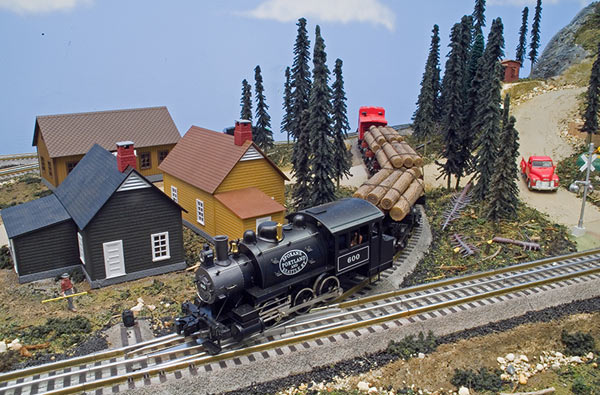
The goal of this six-part layout construction series is to provide new hobbyists with a 4 x 8-foot permanent O gauge layout using contemporary tracklaying, wiring, and scenery-making techniques. Since a toy train set can be a wonderful entry point for new hobbyists, the origins of this logging-themed layout stem from a current Lionel starter […]
Read More…

Our 2010 survey asked what you, our readers wanted in a layout. We compiled all of your feedback and we present this project railroad designed just for you. For the Readers’ Choice RR we chose a lightweight benchwork option that was new to us, and found that the Mianne benchwork system was an ideal solution. […]
Read More…

Let’s say you’ve got a ton of old Lionel track in your basement, or maybe someone is willing to give you a bunch for nothing. You want to build a layout, so you figure you can use this track to do it economically. However, when you get a closer look at the O or O-27 […]
Read More…

In the September 2010 issue, I showed how I rejuvenated a postwar Lionel No. 2458 boxcar. It’s one of several cars I bought from my local hobby shop’s bargain shelf. Here are photos of a few more cars I worked on, along with comments on what I did to improve their appearance. Sunoco tank car […]
Read More…

The data found in this table, compiled by CTT reader Steven Bergerson, is a useful layout design tool in creating unique track plans. It was first published in the October 2009 issue, in the Tips, Tools, & Techniques column. FasTrack Formulas […]
Read More…
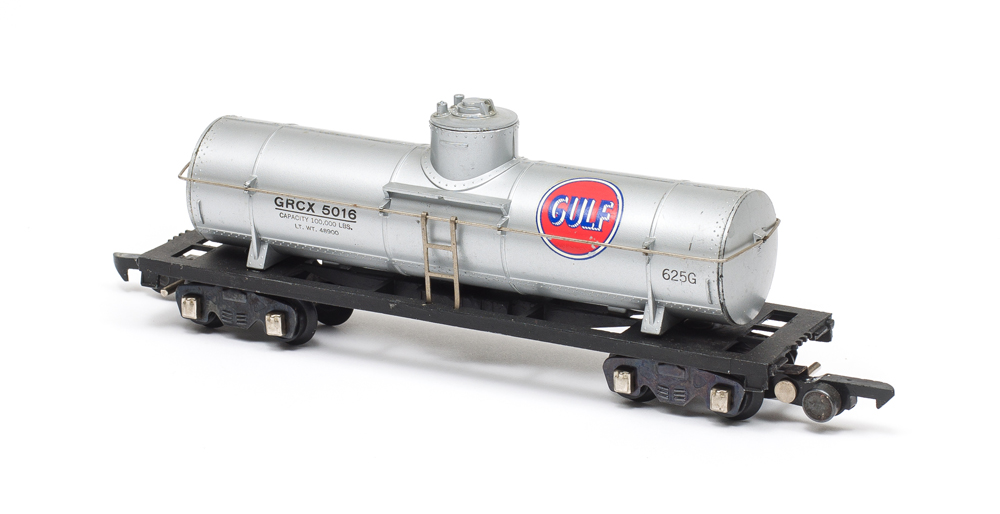
Q: Can you suggest how to safely remove the white residue that builds up on the bottom of my American Flyer rolling stock? – Bruce K. Davis, Youngwood, PA A: We receive this question several times a year. For some reason this white residue problem is more common with American Flyer S gauge trains of […]
Read More…
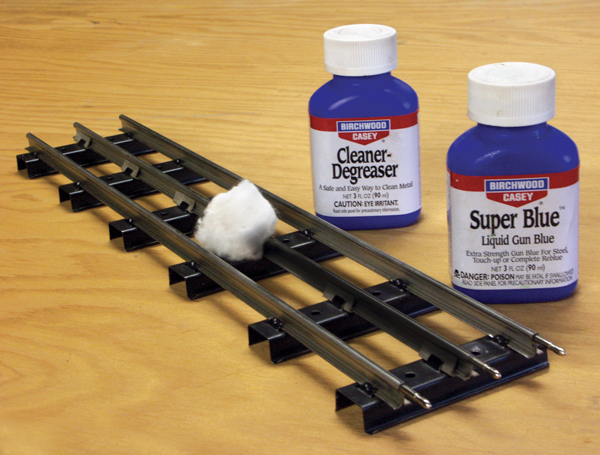
Q: I have a bunch of old track – maybe 500 pieces – which I’d like to use on a layout. Most of it is dirty, greasy, and rusty, and I’d like to know how to clean it without doing each piece separately. – Larry Novis, Hermitage, Tenn. A: There is no mass-cleaning technique, shortcut, […]
Read More…
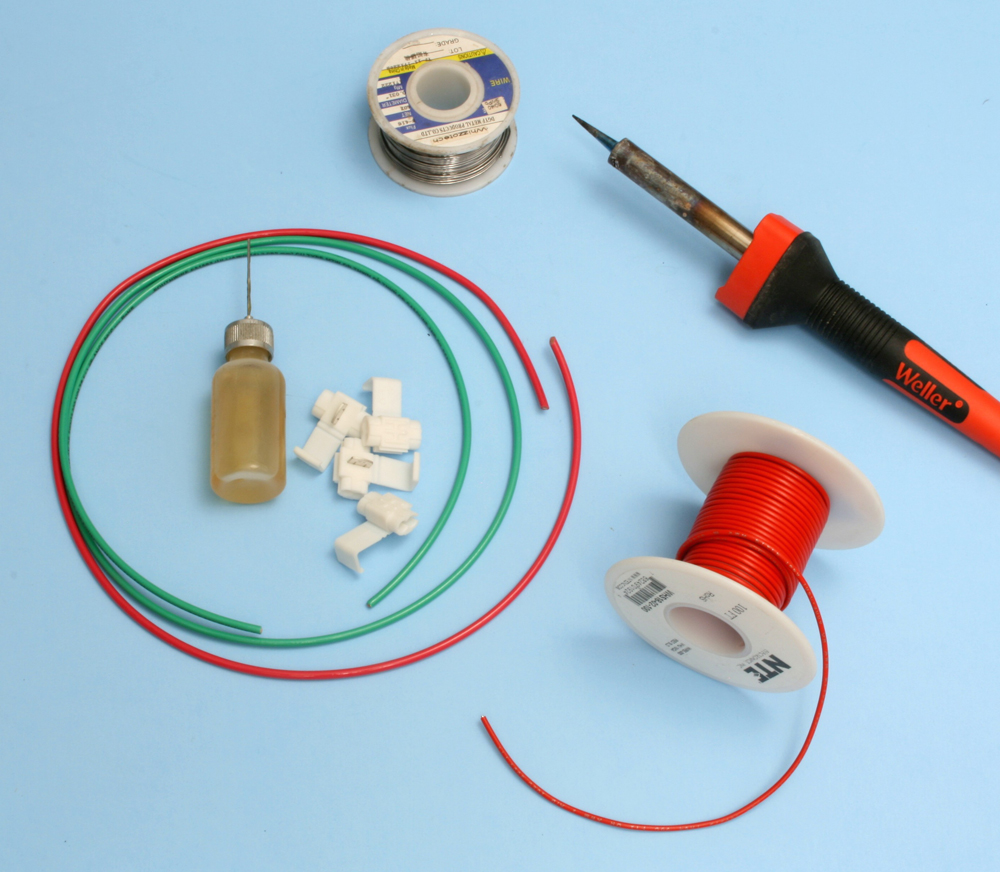
Q: I am building a layout and want to do what I’ve seen in postwar dealer displays. Specifically, I’ve seen under the layout board a thin metal strip running the entire length of the layout. To this you would solder the ground contact for every accessory, thus greatly reducing the amount of wiring required. I […]
Read More…
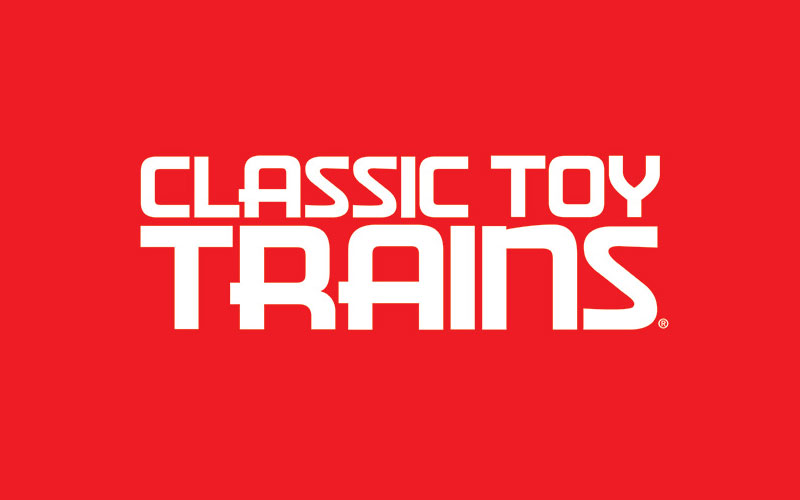
Q: You had a great tip about wiring a push-button switch to an old UCS track section, avoiding the original two-button controllers. Since I have an O-27 layout, I tried this with one of my No. 6019 tracks. When I attached the button switch between the number 2 wire and the transformer, the uncoupling magnet […]
Read More…

Q: I have a Lionel No. 364 conveyor belt log loader which was received as a gift in the 1940s or early 1950s. The red conveyor belt has disintegrated over time and I would like to know how to service the accessory to get it back into operation. Also, I would appreciate knowing the approximate […]
Read More…

In 1931, a propeller-driven German railcar built by Franz Kruckenberg ran between Hamburg and Berlin. The Rail Zeppelin reached a speed of 142 mph, a record that stood for 20 years. The Rail Zeppelin, with a body similar to the Zeppelin airships, never went into production. Perhaps the idea of an open propeller operating so […]
Read More…











